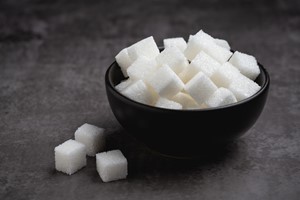In March 2024, the Trisodium Phosphate market is witnessing a notable upward trend in prices, primarily driven by the escalating costs of its key raw material, Sodium Carbonate. This surge in prices follows a similar trend observed in February, where higher Sodium Carbonate expenses significantly impacted Trisodium Phosphate prices, prompting concerns across various downstream industries.
The surge in demand from sectors such as food additives and emulsifiers, buoyed by improved economic conditions, has exacerbated the situation. This robust demand, coupled with rising production costs, has set the stage for further price hikes in the coming weeks.
The forecasted increase in energy prices poses an additional challenge, potentially adding to production expenses for Trisodium Phosphate manufacturers. However, despite these obstacles, strong demand persists from sectors like detergents and bleaching agents, driving ongoing inquiries from downstream industries.
Market expectations also include the possibility of a surge in Trisodium Phosphate prices due to restocking activities, which could further strain supply chains and intensify price hike expectations.
Despite these challenges, the Purchasing Managers' Index (PMI) signals manufacturing sector expansion, indicating sustained demand from downstream industries. Domestically, production plants have maintained steady operations to meet the growing demand for Trisodium Phosphate, ensuring sufficient availability in the local market. Supply chain disruptions have been minimal, with little to no port congestion observed in the region.
In the Chinese domestic market, resilience has been evident in Trisodium Phosphate downstream industries such as food additives, water softeners, and laundry products. However, the surge in Sodium Carbonate feedstock prices has led to increased production costs, further impacting the overall pricing landscape.
Similarly, in India, Trisodium Phosphate prices surged notably in February due to elevated import prices from the Chinese market. Despite this, demand from sectors like food additives, water softeners, and laundry products remained robust, contributing to a positive overall demand outlook.
Looking ahead, rising energy prices are expected to add pressure to production expenses, while steady demand from downstream industries is anticipated to persist. Market observers predict a potential price surge driven by restocking activities, further complicating the pricing dynamics.
www.chemanalyst.com














